Unless you’ve been living under a rock, you’ll have seen or tried a version of Dubai chocolate. For the uninitiated, it is milk chocolate stuffed with pistachio creme and pastry, a filling inspired by the Middle Eastern desert knafeh
Various takes on the trend have rolled into Sainsbury’s, Morrisons, Waitrose and Lidl since the start of the year, to much fanfare. Demand is so high that Waitrose and Lidl have imposed a two-bar limit on transactions to manage stock levels. So, where has the trend come from? And how have retailers and suppliers taken advantage?
Though the trend has exploded this year, the original Dubai chocolate bar was created in 2021 by British-Egyptian entrepreneur Sarah Hamouda, with the launch of her business Fix Dessert Chocolatier.
But influencer Maria Vehera has just as much to do with its prominence today, thanks to a video she posted on TikTok in 2023 showing her eating one of Fix’s giant Can’t Get Knafeh of It bars – stuffed with knafeh pastry, pistachio and tahini – in her car. The video drove Fix’s first spike in demand and has received 6.7 million likes to date.
“Chocolate is the number one treat, and you’ve got that novelty element,” says Phil McMahon, retail & engagement strategist at Really Good Culture. “When people were snapping the bars open [on TikTok] and you saw this thick green mass, there’s an element of ‘Oh, what’s that? I haven’t seen that before.’”
The name itself also fuels curiosity. “Dubai has connotations of being an opulent place,” adds McMahon. “All those things weaving together make it desirable.”
Today, Hamouda’s daily Deliveroo drops in Dubai sell out in minutes, and copycats cashing in on the trend across the globe are selling their own Dubai chocolate for as much as £27.99, plus postage, on Amazon.
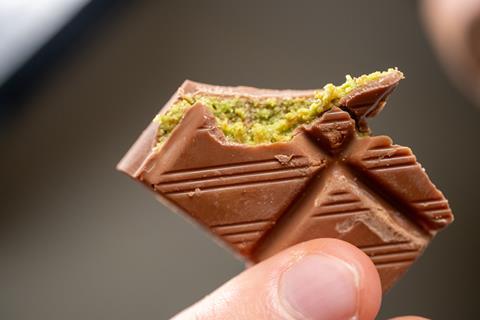
Lindt was the first major brand to capitalise on the trend in the UK, launching a limited run of Dubai Style Chocolate (rsp: £10/145g) in December, ahead of a nationwide rollout in Sainsbury’s, Waitrose and Ocado last month.
Morrisons listed Flair Pistachio Kunafa Dubai Chocolate Cake Bar (rsp: £4/55g) in January and Home Bargains rolled out Wawi’s DuBites (rsp: £3.99/100g) in March.
Finally, Lidl made headlines by offering 6,000 own-label Dubai Style Chocolate bars on TikTok Shop (£3.99/122g plus £1 delivery) on 20 March. The tactic worked, with TikTok shoppers leaping on the chance to get their ‘exclusive first taste’ at a rate of more than one sale per second – before the bars rolled into all Lidl stores a week later at the same price, minus the £1 for delivery by Evri.
“The companies that are operating in the UK have now had enough time to build their supply chains and have done their R&D and got all their ducks in a row to bring it to market here,” says McMahon.
They have also used scarcity and limited runs to further whet consumer appetite.
“Scarcity is used to great effect on Instagram and TikTok Shop,” Grocery Insight CEO Steve Dresser comments on LinkedIn. “Limited runs of things works so well. As do drops at 8pm and the rest.”
An initial limited run also reduces the risk of over-estimating demand ahead of a full-scale launch, says Dresser. “New products are especially hard to forecast; no one wants to be associated with a product launch that goes badly, where everyone is sat looking at in the warehouse forever.
“But if you ‘blow out’ – it’s not always bad.”
Lindt’s teaser launch of its Dubai Style Chocolate ahead of Christmas helped fuel anticipation of its nationwide rollout last month, and so far the response has been “overwhelming,” says Lindt & Sprüngli UK & Ireland CEO Joel Burrows.
“We are selling an incredible amount of the bars.” This is despite the 145g Dubai Style tablet carrying a £10 price tag. Lindt’s Excellence 100g range is £3 in Waitrose, making Dubai Style Chocolate 129.9% pricier per 100g.

But why so expensive?
Yet Burrows insists the price is fair. “It’s been painstaking to create, and consumers are telling us right now that they like to buy the product.”
Ritter Sport UK & Ireland MD Benedict Daniels points out that the ingredients in Dubai chocolate are costly. “Everybody in the food industry knows that cocoa has spiked. And pistachios as a raw material are very expensive.”
Indeed, alongside record-high cocoa prices over recent months, “pistachio prices are currently elevated, with US-origin at about six-year highs”, says Expana nut market reporter Nick Moss.
Pistachio paste is “one of the most expensive ingredients in gourmet chocolate”, says Trish Fellowes, food sales manager at ingredients distributor ACI Group. This is driven “climate challenges, water consumption, and rising global demand.”
But “while high-quality pistachio pastes can indeed be expensive (£60–£120/kg), the price varies significantly based on origin, processing method, and purity”, says Fellowes, suggesting that grocery brands might be playing up premium cues to justify high shelf prices.
Meanwhile, Curious Puffin founder Charlotte Derra thinks Lindt might have to revise its pricing strategy for its Dubai Style Chocolate to have staying power.
“At the moment, people think: ‘I have to have this.’ So, they’ll spend £10 on it. But longer term, if people are going to continue buying it, the price needs to come down.”
Read more:
-
Culture first: why Dubai chocolate is winning on social media
-
All the new Dubai Chocolate launches in UK grocery 2025
-
Aldi claims supermarket ‘first’ with Dubai-style chocolate ice cream
-
What does Lidl’s TikTok Shop mean for the future of grocery?
Suppliers like Lindt might achieve this by reducing the pistachio content in the bars, Derra speculates. Unfortunately, this means a departure from Fix’s ultra-indulgent original, popularised by Vehera, is likely.
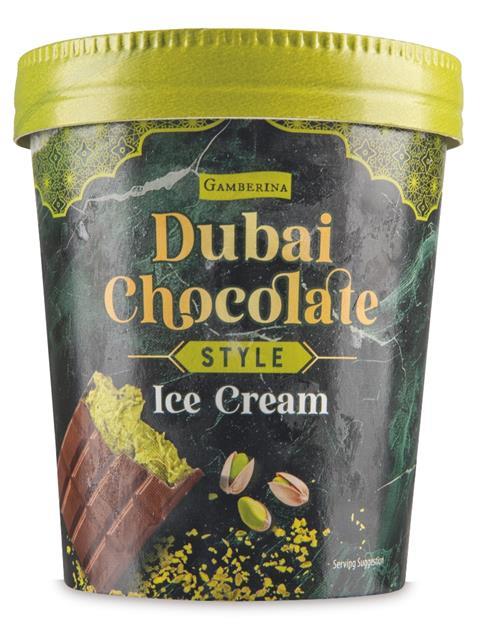
Still, the phenomenon of Dubai Chocolate stands to be longer lasting than some previous viral hits such as Prime Hydration, argues Derra. “What I think is a bit different about Dubai chocolate is that it’s everywhere. In Greece, there’s Dubai chocolate ice cream and bakery items. So, I think we’re going to have this massive peak, and then it will become part of core ranges.”
Love Cocoa founder James Cadbury agrees: “Pistachio’s appeal runs deeper than just virality, and much like salted caramel, it will become a modern classic in confectionery.”
Indeed, chocolate brands have also added non-Dubai-branded pistachio lines in recent months. Lindt expanded its Lindor range with Pistachio in July. This was followed by the rollout of Ritter Sport’s limited-edition Pistachio variant in September. The latter – a milk chocolate bar containing roasted and salted pistachios – has proven so popular that Ritter Sport has made it a permanent addition.
“The problem is keeping it in stock,” says Daniels. “It is literally flying off the shelves.” In Tesco, for instance, “it’s doing over 100 units per store per week”.
If Ritter Sport’s figures are anything to go by, Dubai style chocolate is here to stay.

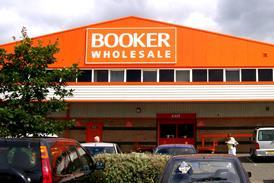



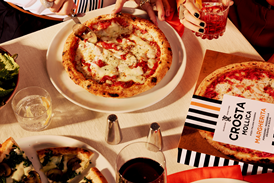



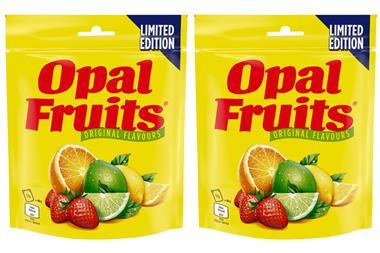



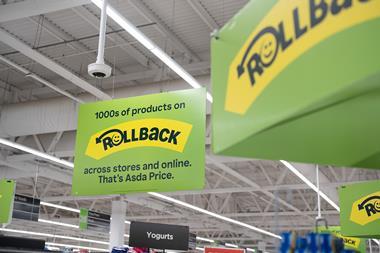
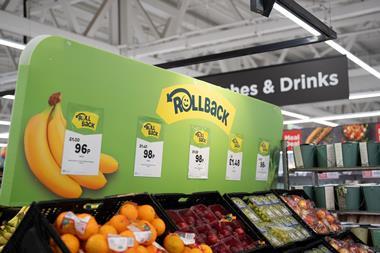
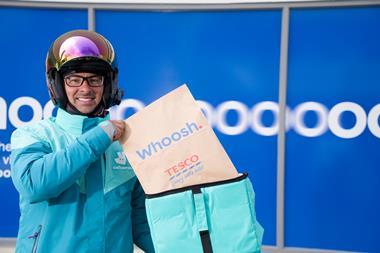

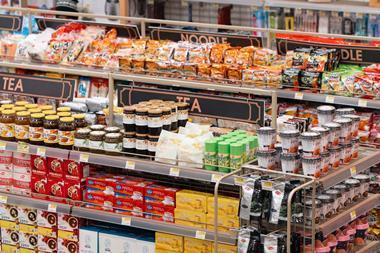
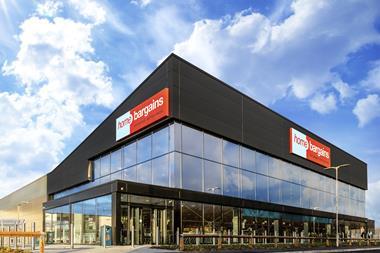

No comments yet